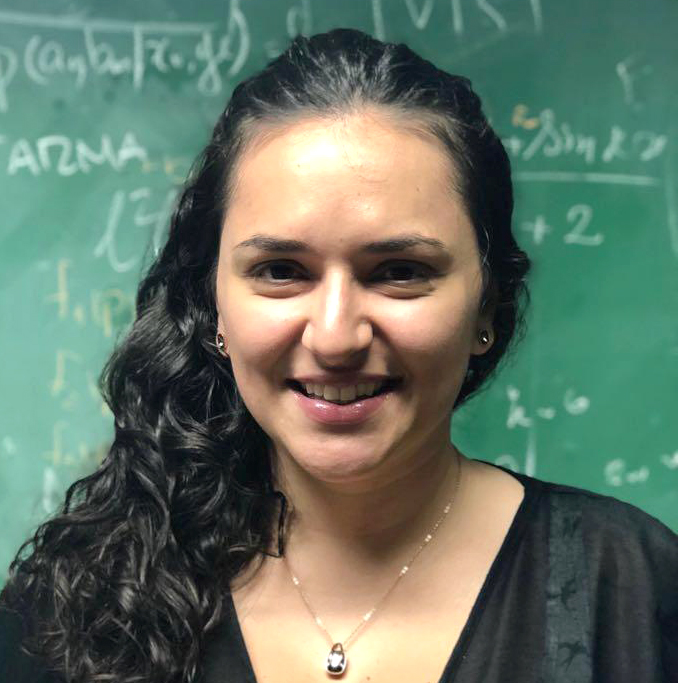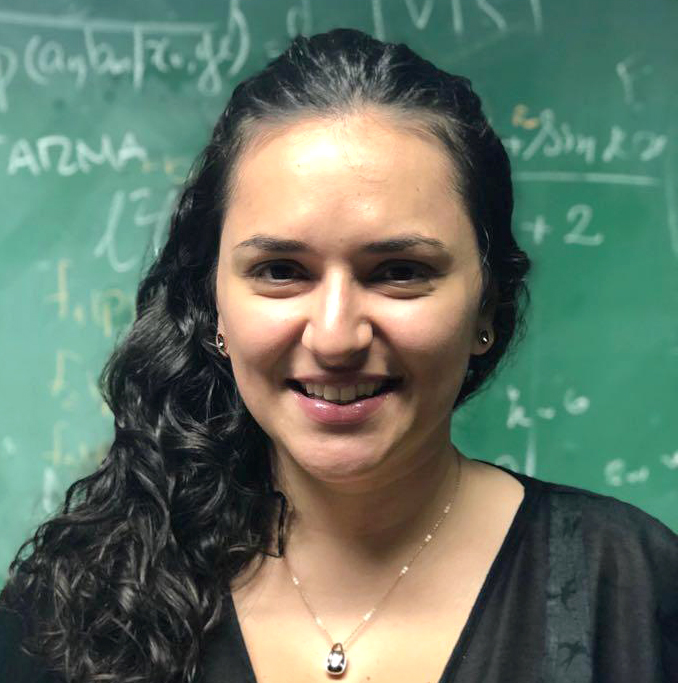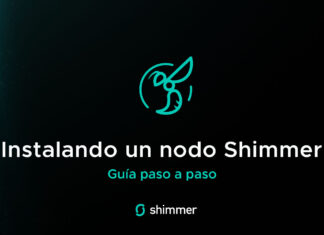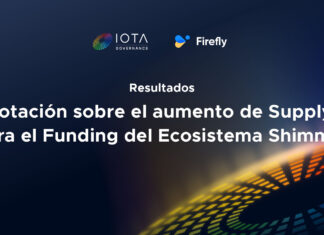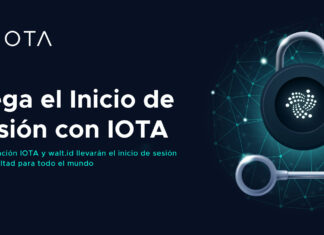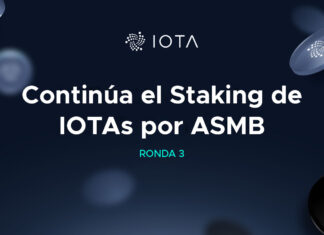Some weeks ago we were at Blockcrypto, San Pablo and had the opportunity to meet Olivia Saa, part of the IOTA research team working with Serguei Popov. On that Congress, she gave a very nice talk about scalability, analizing the ways in which the Tangle overcomes Blockchain’s limitations.
After the Congress we kept in touch (Olivia speaks spanish very well) and I promissed myself that I would try to get her to give IOTA Hispano an interview.
Even though the work being done by Olivia Saa and Serguei Popov is not the kind of stuff you read on your weekly news IOTA resume, it is fundamental for the project development and has a big impact in aspects everyone cares about, such as the Network status and the Coordicide.
Daniel De Michele
IOTA Hispano Founder
If you like what we are doing help us to continue working! Donate: https://iotahispano.com/donate/
Tell us a bit about your background and how you ended up being interested by the DLT world
My background is 90% academic. I started as a Mechanical Engineer and even worked in the industry for some time, but I quickly realized that an academic career would suit me better. Then, I got a Master’s Degree in Mechanical Engineering and decided to move to a Mathematics Department to get my PhD. Now, I’m a research Scientist at IOTA Foundation and also a PhD candidate in Applied Math.
My story with DLTs is the same as a lot of people: I heard about Bitcoin in 2012 and didn’t pay the deserved attention to it. I think a large part of us regret not investing some time reading more about this subject in the early days. It was just at the beginning of 2016 that I decided that I should study blockchain and another DLTs. So I spent some weeks reading and digesting information just about Bitcoin, at first. It was already 2017 when I decided that I should work with DLT’s also in my PhD and reached professor Popov, that introduced me to the Tangle.
When you first heard about the Tangle, what were your first thoughts?
My first thought was that the inventors managed to subvert the user and miners roles. I’ve found this concept really interesting, and the fact that they used another mechanism of incentives different from the ones that I had previously studied was super exciting. It was just in a second analysis that I paid attention to another popular aspects of the Tangle, such as the possible scalability, quantum computing resistance, etc.
How did you end up been a part of the IOTA Research team?
Well, it happened in a very natural way, I had just started working with Popov in a Tangle-related subject for my PhD when the IOTA research team was build. The invitation to officially join the Foundation came a few months later.
Could you describe a “day at work” with Serguei Popov and the team?
It depends a lot on where you are located. Some people in the team share the same office. In my case, since I’m the only person located in São Paulo, most of my communication with the team is done over video calls and texts.
What we do in a normal day is basically to discuss possible problems and solutions, work on theoretical models and on simulations. The simulation analysis is crucial, since some aspects of the Tangle makes it surprisingly hard to find proper theoretical results.
Right now, our team is divided in subprojects, so you usually work directly with just a small part of the group. At the same time, since all the subprojects are related, you will eventually get to know everybody, just like in any other company. The main difference that I notice is that the team is really free to propose and conduct their own subprojects with a relative ease. Summing up, for a researcher, a day at work in IOTA is very interesting and pleasing.
Can you tell me more about these subprojects? What kind of research does the group usually conduct?
There are tons of things happening in the research department. I think a good start for anyone that is interested in our work is to read the IOTA Foundation blog (blog.iota.org), where, from time to time, each one of us post details about what is going on.
Nevertheless, most of the current projects gravitate around the Coordicide, attack prevention and Game Theoretical analysis. The Coordicide project -as its name suggests- is about the process of safely getting rid of the Coordinator, as well as predicting the future behaviour of a Coordinator-less Tangle. Attack prevention and Game Theoretical analysis are both about predicting how users could try to take advantage of the system and finding results about how these behaviours would impact the functioning of the Tangle. With these results in mind, we can develop solutions to make the system resistant to any possible bad behaviour that an agent could adopt.
We know you have studies in the field of probability and stochastic processes, could you explain how this relates to IOTA’s Tangle?
I’ll try to explain in non-mathematical terms: Suppose I take a look at the Tangle at a certain time. Do I know for sure when will the next transaction arrive? Do I know for sure where it will be attached? The answer for both of this questions is no, but we do know some other things. For instance, we can calculate the probability that a new transaction arrives in the next second. We can actually calculate the probability that a new transaction would arrive in the next t seconds, for any value of t. The same way, looking at the Tangle, we can also calculate the probability that the next transaction is attached to each pair of tips. Summing up, the Tangle growth and tip attachment are clearly random processes. More than that, these processes can be translated in beautiful and difficult problems! This is what makes the Tangle appealing to anybody interested in probability and stochastic processes.
Could you explain in simple terms how does the tip selection algorithm work and why is so
important?
The tip selection algorithm is based on random walks. First, these lines that you see when you look at any Tangle visualizer (representing transaction attachments) are called edges. Basically, the tip selection algorithm works like this: you start a random walk over the edges of the Tangle at the genesis and stop it when it reaches a tip. If you repeat the process, you will have two independent tips. These will be the ones where you should attach your transaction.
Now things become interesting. If someone is doing anything at random, it doesn’t mean that he doesn’t have any preferences. This is actually called «uniformly at random». So, depending on which way the random walk in the tip selection algorithm would rather follow, we will get dramatically different results. In IOTA, what we have is a family of different random walks that will depend on a variable called α, that will ultimately define several aspects of the system. For instance, with a different value of ɑ, the system will punish more or less severely any selfish behaviours. Some kind of attacks are facilitated with larger α, another ones would not work in this case. Another effect of a higher ɑ is that some transaction would never be confirmed and would have to be reattached or promoted. So it is really important to find the best possible tip selection algorithm to ensure the health of the Tangle.
Where do you see the Tangle in four years in terms of development and growth?
Most details cannot be revealed yet, but the public information is enough to give a hint that a lot of things are yet to come. Qubic itself is a project that might change the way we see this industry. We are still in early stages of IOTA, so I think we have a lot of work and a bright future ahead.


